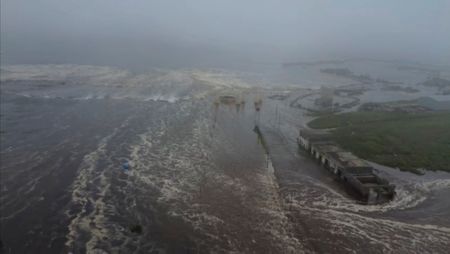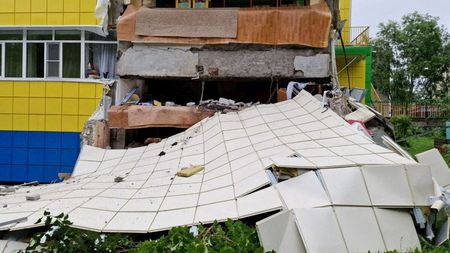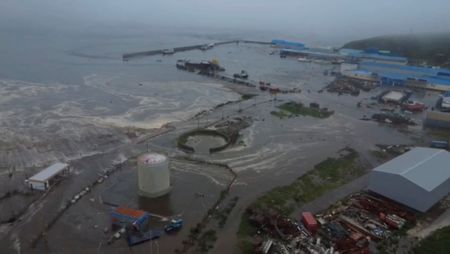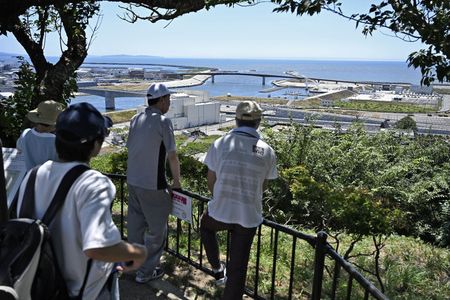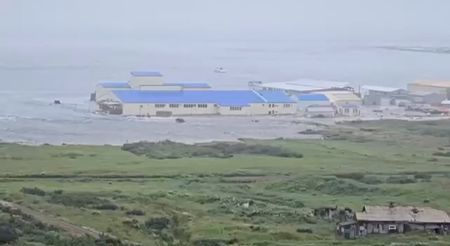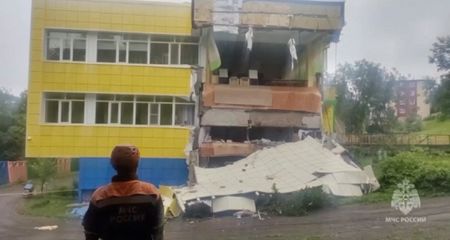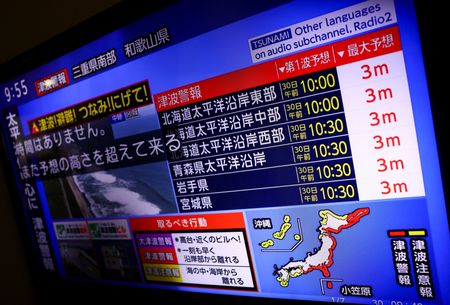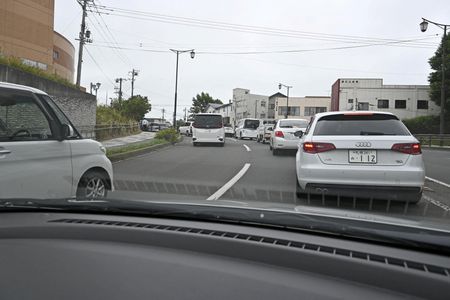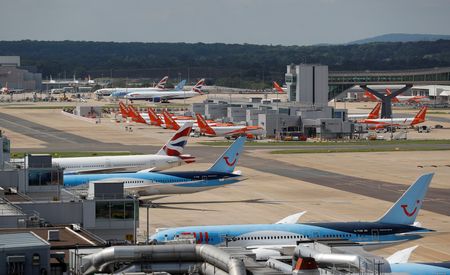(Reuters) -A very powerful magnitude 8.8 earthquake off Russia’s Far Eastern Kamchatka coast on Wednesday triggered tsunami warnings as far away as French Polynesia and Chile, and was followed by an eruption of the most active volcano on the peninsula.
The shallow quake damaged buildings and injured several people in the remote Russian region, while much of Japan’s eastern seaboard – devastated by a 9.0 magnitude earthquake and tsunami in 2011 – was ordered to evacuate, as were parts of Hawaii.
By the evening, Japan, Hawaii and Russia had downgraded most of their tsunami warnings. But authorities in French Polynesia warned residents of several of the remote Marquesas Islands to move to higher ground and expect waves as high as 2.5 metres (8 feet).
Russian scientists said the quake in Kamchatka was the most powerful to hit the region since 1952.
“It felt like the walls could collapse any moment. The shaking lasted continuously for at least three minutes,” said Yaroslav, 25, in the city of Petropavlovsk-Kamchatsky.
Kremlin spokesman Dmitry Peskov said there had been no casualties in Russia from the quake, crediting solid building construction and the smooth working of alert systems.
In Severo-Kurilsk in the northern Kuril Islands, south of Kamchatka, tsunami waves exceeded 3 metres, with the largest up to 5 metres, Russia’s RIA news agency reported.
Alexander Ovsyannikov, the town’s mayor, urged residents to assess damage to their homes and not to use gas stove heating until inspections had been carried out.
Tsunami waves partially flooded the port and a fish processing plant in the town, sweeping vessels from their moorings, regional officials and Russia’s emergency ministry said.
Verified drone footage showed the town’s entire shoreline was submerged, with taller buildings and some storage facilities surrounded by water.
The Klyuchevskoy volcano on Russia’s Kamchatka Peninsula began erupting later, a geological monitoring service said.
“A descent of burning hot lava is observed on the western slope. Powerful glow above the volcano, explosions,” the Russian Academy of Sciences’ United Geophysical Service said in a statement posted on Telegram.
The U.S. Geological Survey said the earthquake was shallow at a depth of 19.3 km (12 miles), and centred 119 km (74 miles) east-southeast of Petropavlovsk-Kamchatsky, a city of 165,000.
WAVES IN HAWAII, JAPAN
Hawaii recorded waves of up to 1.7 metres while in Japan the largest recorded came to 1.3 metres, officials said.
Flights out of Honolulu airport resumed in the evening, the transportation department said.
Waves of nearly half a metre were observed as far away as California, with smaller ones reaching Canada’s province of British Columbia.
In French Polynesia, waves started to hit some islands in the early morning hours of Wednesday. In other parts, wave heights were expected to remain below 30 cm, not requiring evacuation or sheltering.
“Our armed forces in French Polynesia are on alert as a precautionary measure, to be ready to assist our fellow citizens and state services in potential search and rescue operations or medical evacuations,” French Defence Minister Sebastien Lecornu said on the social media platform X.
While the Marquesas are high-rising volcanic islands, much of French Polynesia consists of low-lying atolls.
WARNINGS ACROSS THE PACIFIC
Tsunami alarms sounded in coastal towns across Japan’s Pacific coast and evacuation orders were issued for tens of thousands of people.
Workers evacuated the stricken Fukushima nuclear plant, where a meltdown following the 2011 tsunami caused a radioactive disaster, operator TEPCO said.
Chief Cabinet Secretary Yoshimasa Hayashi said no injuries or damage had been reported, and there were no irregularities at any nuclear plants.
‘RING OF FIRE’
The quake occurred on what is known as a “megathrust fault” where the denser Pacific Plate is sliding underneath the lighter North American Plate, according to scientists.
The Pacific Plate has been on the move, making the Kamchatka Peninsula area off Russia’s Far East coast especially vulnerable to such tremors – and bigger aftershocks could not be ruled out, they said.
Russia’s Ministry for Emergency Services said on Telegram that a kindergarten was damaged, but most buildings withstood the quake.
Video footage from the region’s health ministry showed a team of medics in Petropavlovsk-Kamchatsky performing surgery as the quake shook their operating theatre.
Kamchatka and Russia’s Far East sit on the Pacific Ring of Fire, a geologically active region that is prone to earthquakes and volcanic eruptions.
“However, due to certain characteristics of the epicentre, the shaking intensity was not as high … as one might expect from such a magnitude,” said Danila Chebrov, director of the Kamchatka Branch of the Geophysical Service, on Telegram.
“Aftershocks are currently ongoing … Their intensity will remain fairly high. However, stronger tremors are not expected in the near future.”
(Reporting by Anusha Shah Nilutpal Timsina, Mrinmay Dey, Shivani Tanna and Gursimran Kaur in Bengaluru, Lidia Kelly in Melbourne, Satoshi Sugiyama, Chang-Ran Kim and John Geddie in Tokyo, Nur-Azna Sanusiin Singapore and Steve Gorman in Los AngelesWriting by Lincoln Feast, Saad Sayeed and Hugh LawsonEditing by Stephen Coates, Michael Perry, Sharon Singleton and Frances Kerry)

